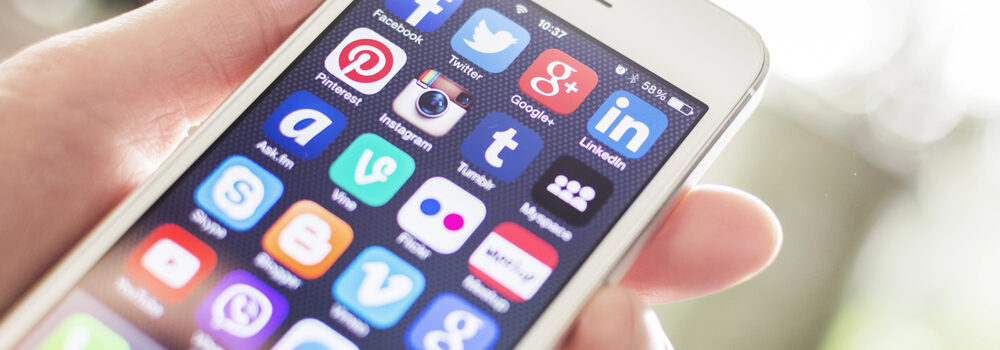
Electronics: Making Disability More Manageable
Technology has gone a very long way offering new advances and innovations to each and every one of us. Several industries have benefited greatly from modern technology improving the lives of people around them. The field of medical science in particular, has made several changes and improvements refining their service and practices along the way. Let us consider electronic devices and how they are making the lives of the disabled community easier in the present.
You will not be finding any shortage of electronic aids that are now available on the marketing. A lot of change has happened and this is quite apparent with today’s hearing aids when you compare them to the past. Billions of dollars are spent every year on research by the hearing aid manufacturers. Research scientists comprised of audiologists, physicians, electrical and sound engineers, and others work together to bring you the best hearing possible in the smallest space possible.
The more they learn, the better able they are to mimic what a normal functioning hearing system does through the use of highly sophisticated miniaturized computers that are found in today’s digital hearing instruments. As electronic components get smaller so do the hearing aids. The refinement being done with these hearing aids offer a huge amount of relief making more wearable than ever before.
There is also devices such as the super pacemaker wherein if the heart skips beats, pulses of energy are delivered to the heart wall. The ICD can sense the top chamber contracting and — if the lower chamber fails to respond — will send out pulses to the right lower chamber.
Travel times has also become a simpler task with the emergence of motorized wheelchair. This is a wheelchair that is propelled by means of an electric motor rather than manual power. Motorized wheelchairs are useful for those unable to propel a manual wheelchair or who may need to use a wheelchair for distances or over terrain which would be fatiguing in a manual wheelchair.
For those with sleep disorders, the nightingale smart home sleep system is currently being research to provide timely and effective solution to the problem. The Nightingale consists of two units that plug into the wall in a room. Each unit has two speakers. The separate units work in tandem to “blanket” the room with customizable sound that masks indoor and outdoor noises which might otherwise disturb your sleep.
Kids have also benefited greatly from modern technology. For instance, there exists an immersive virtual reality gaming helps kids with hemophilia get through infusions. At Nationwide Children’s Hospital in Columbus, Ohio children with hemophilia that have to undergo regular procedures involving needles, such as infusions, now have something better to look forward to. The hospital is now offering a virtual reality headset that runs a game specially designed to take kids’ attention away from scary and painful medical procedures. This in turn helps keep them busy as they are taking shots.
There is indeed a number of disability aids that are now available in the present which is good to hear. Patients should not feel reluctant in using these devices especially since careful research and planning is done in each and every one of them. Consider making good use of the electronic devices mentioned in this article today.

